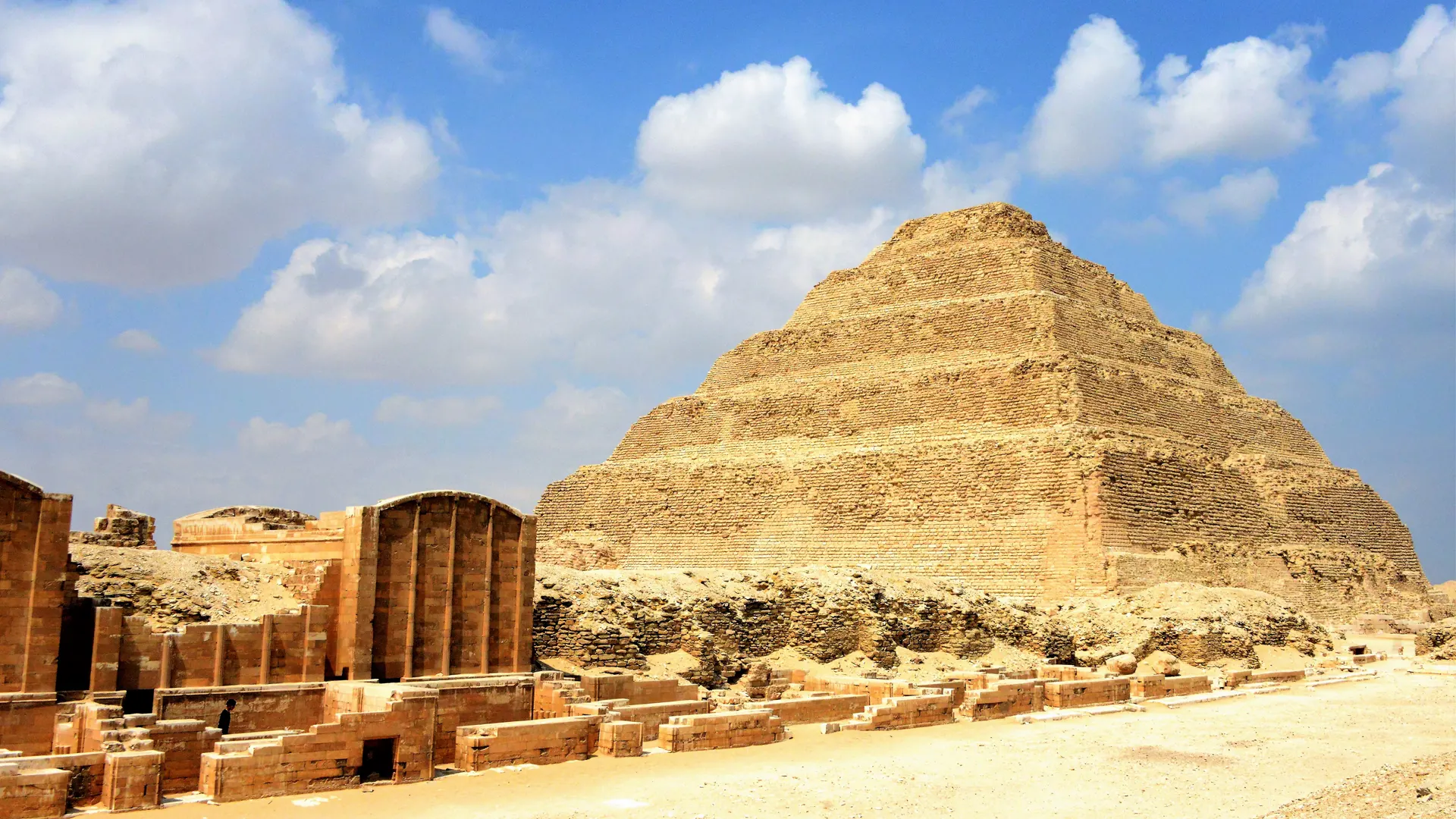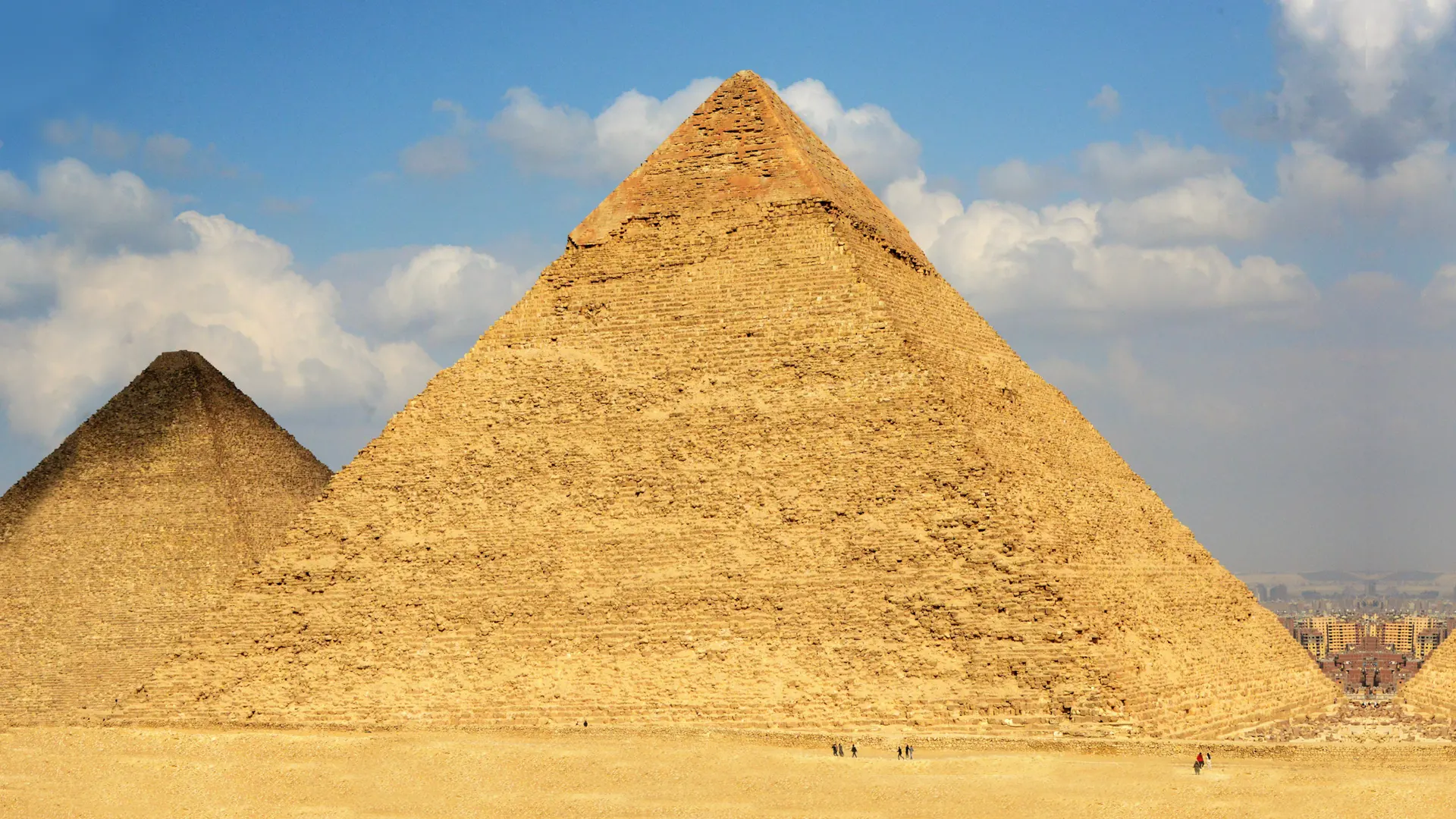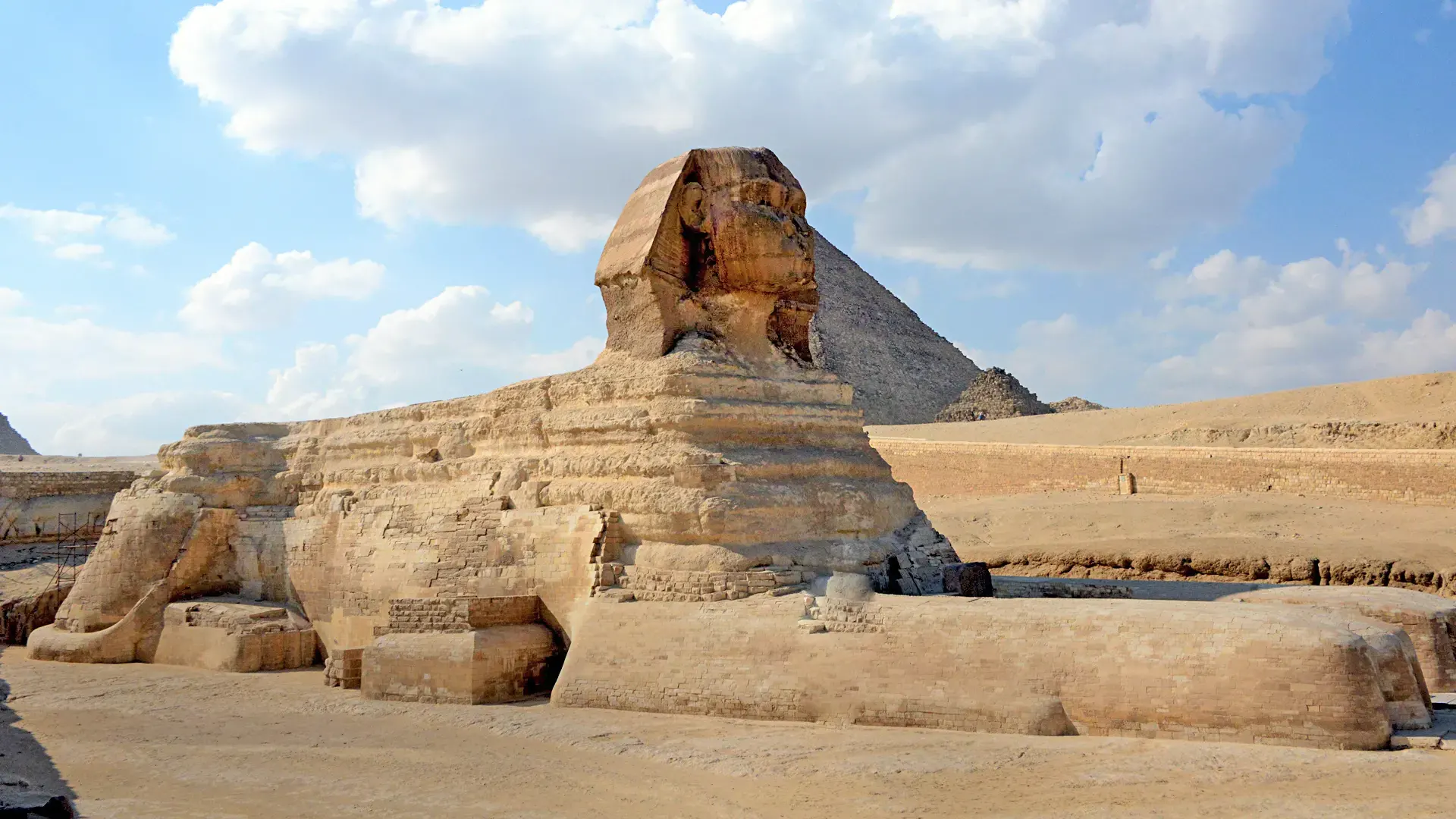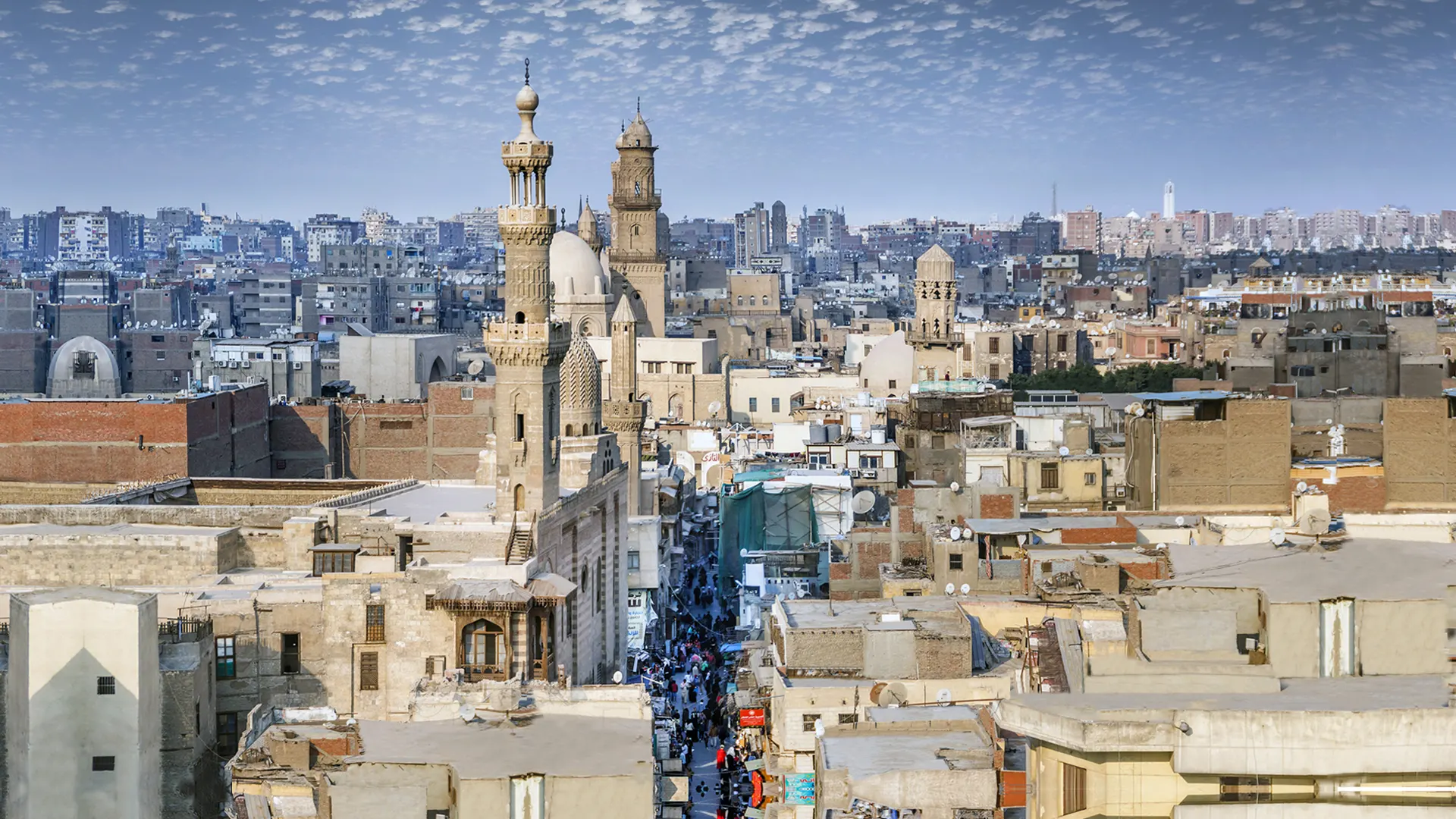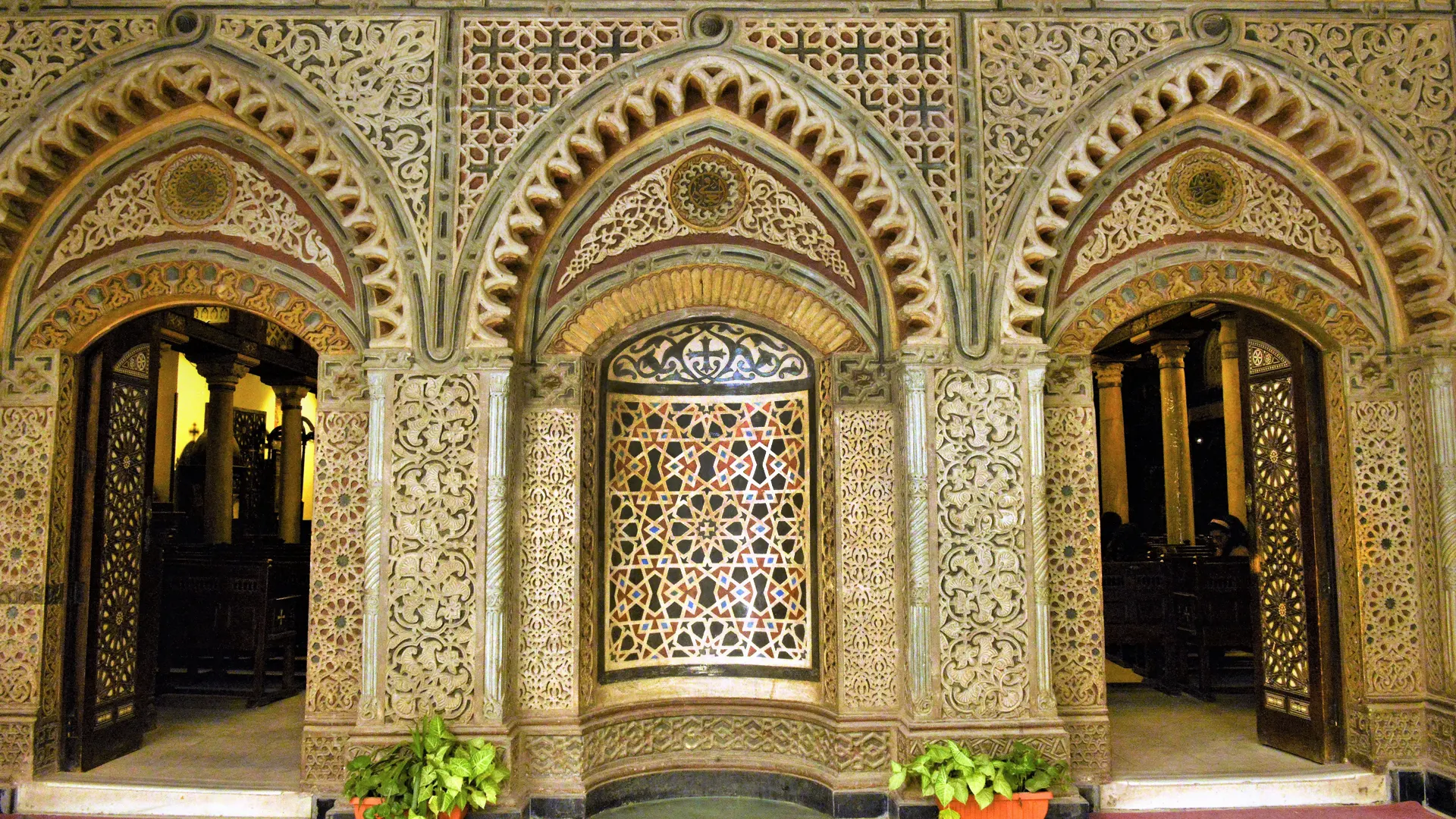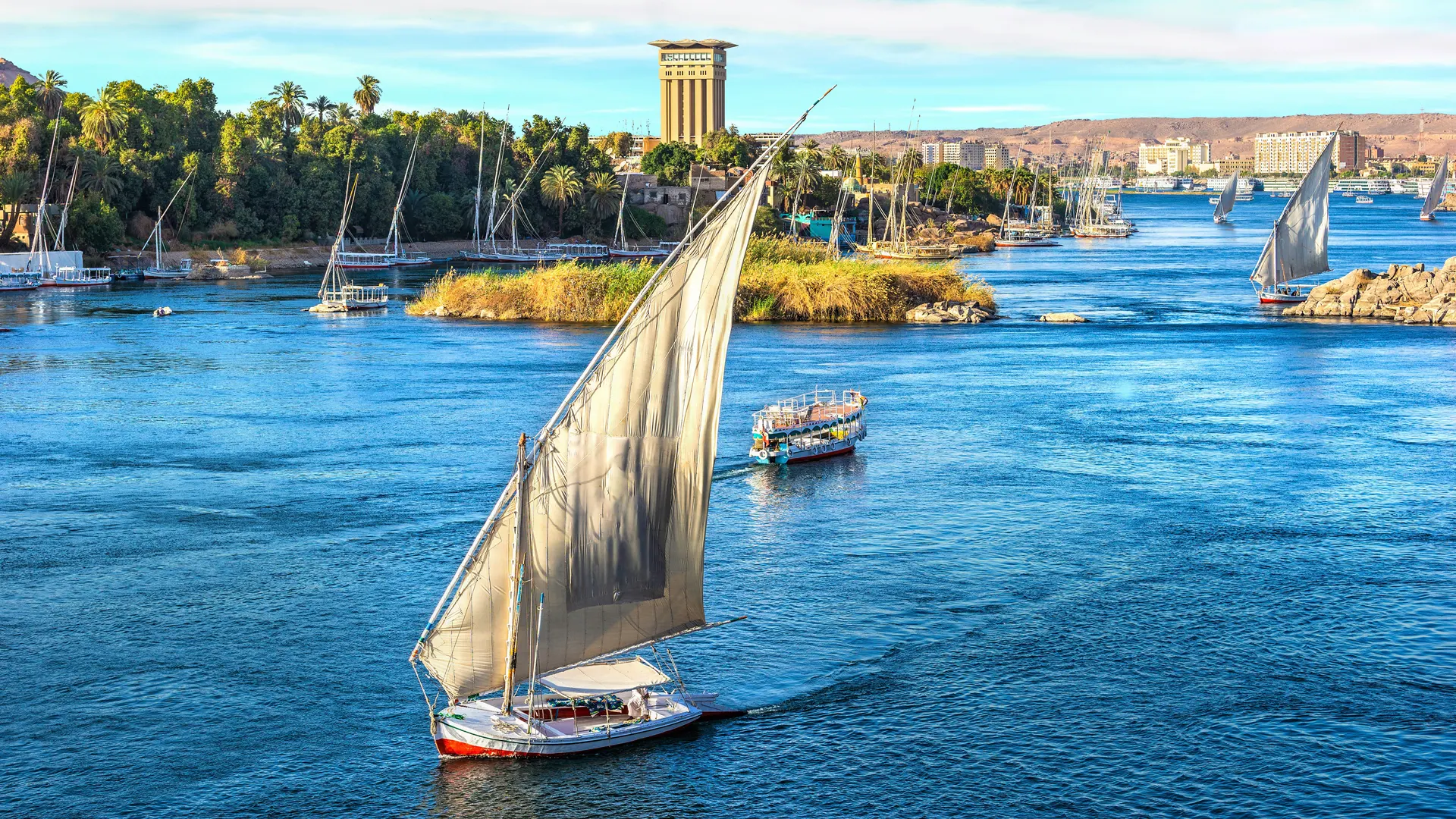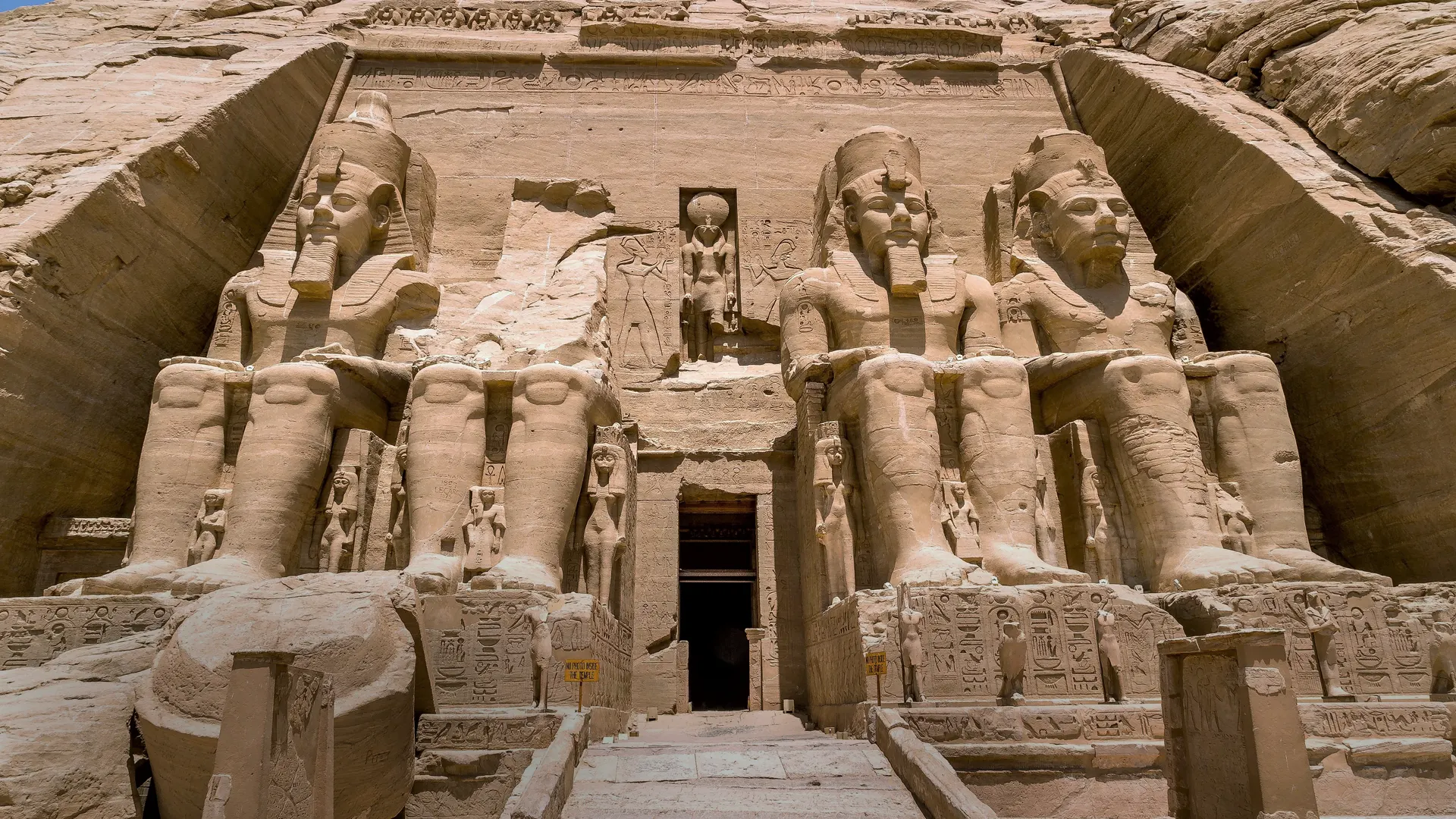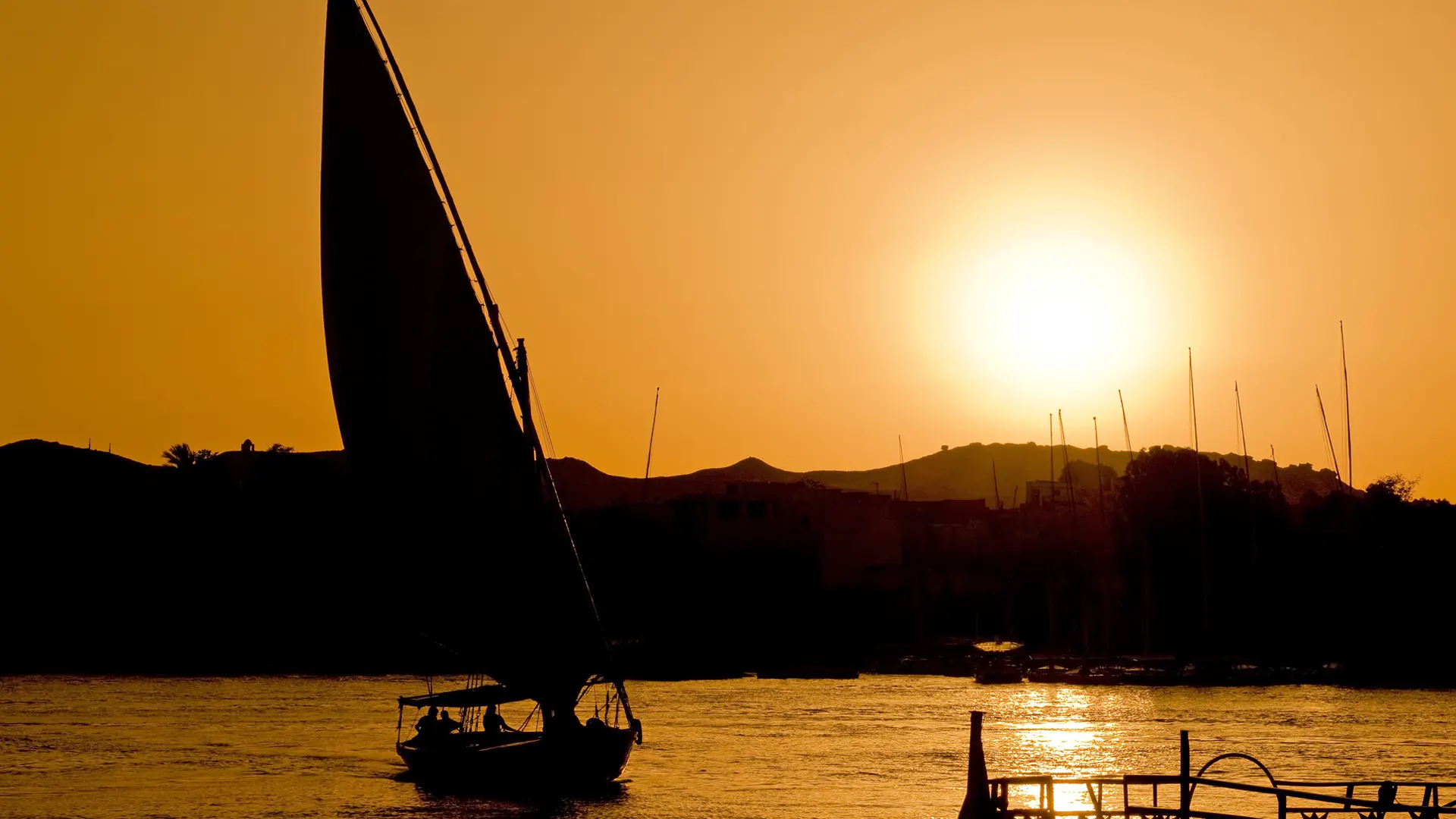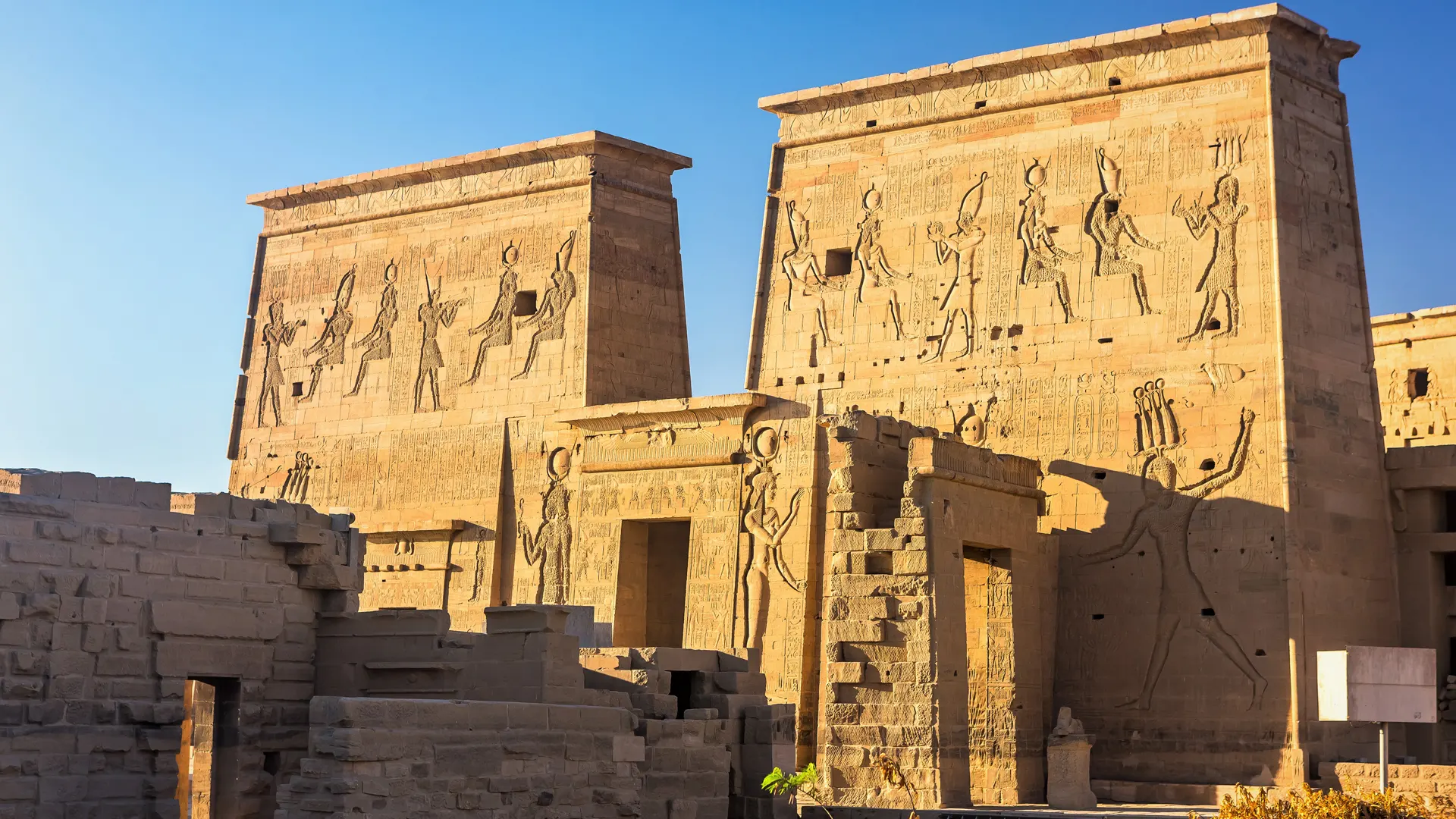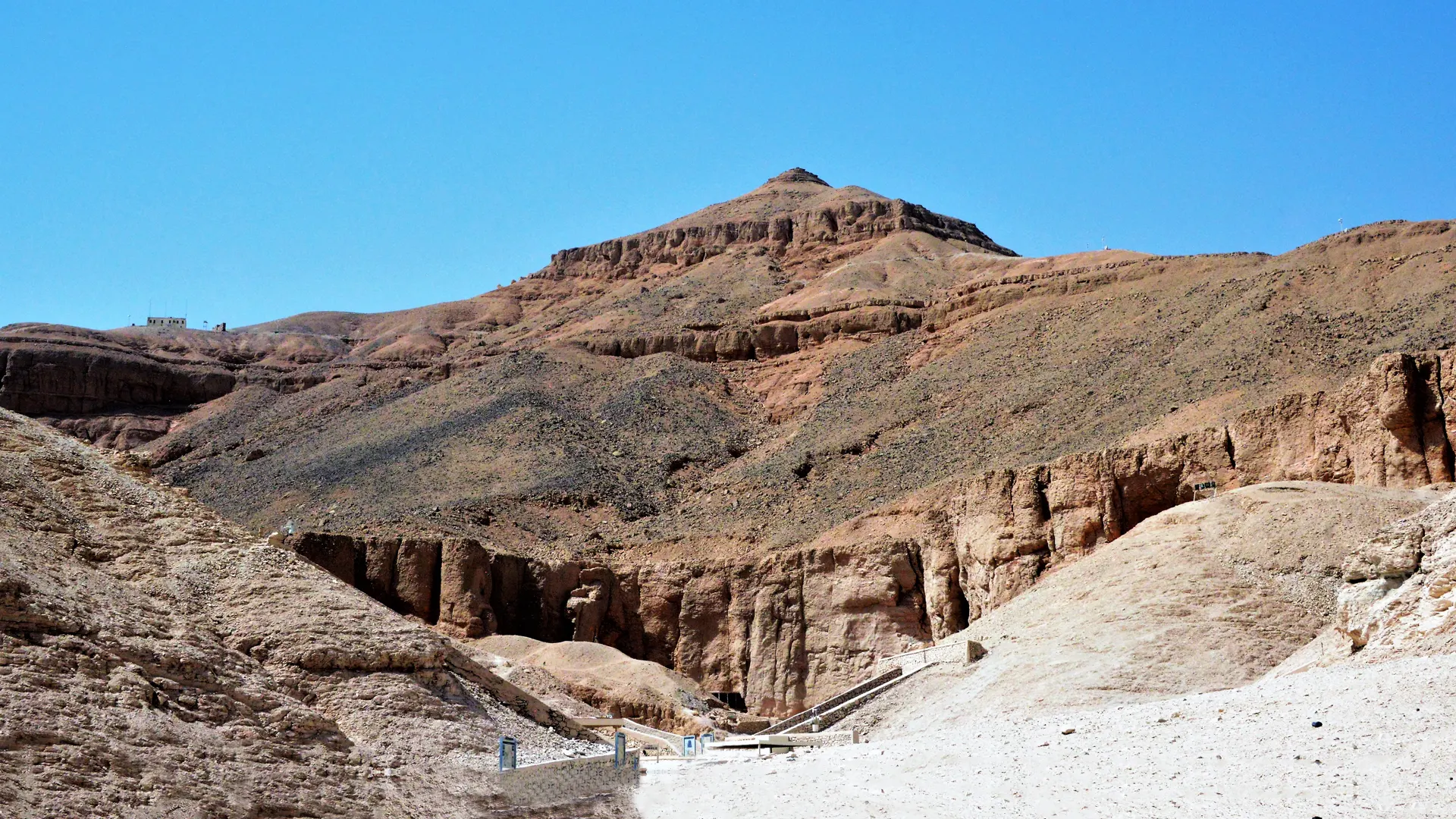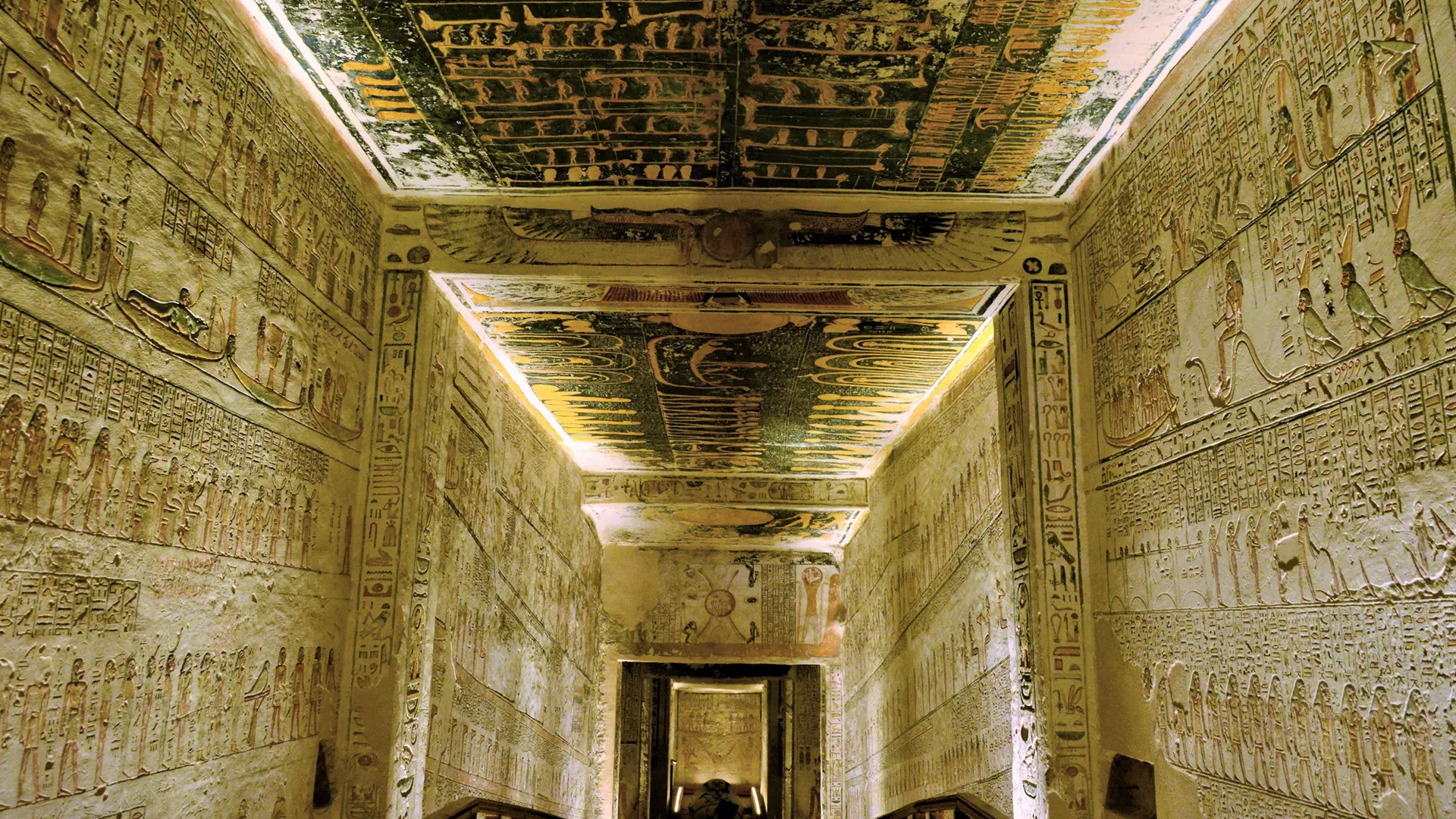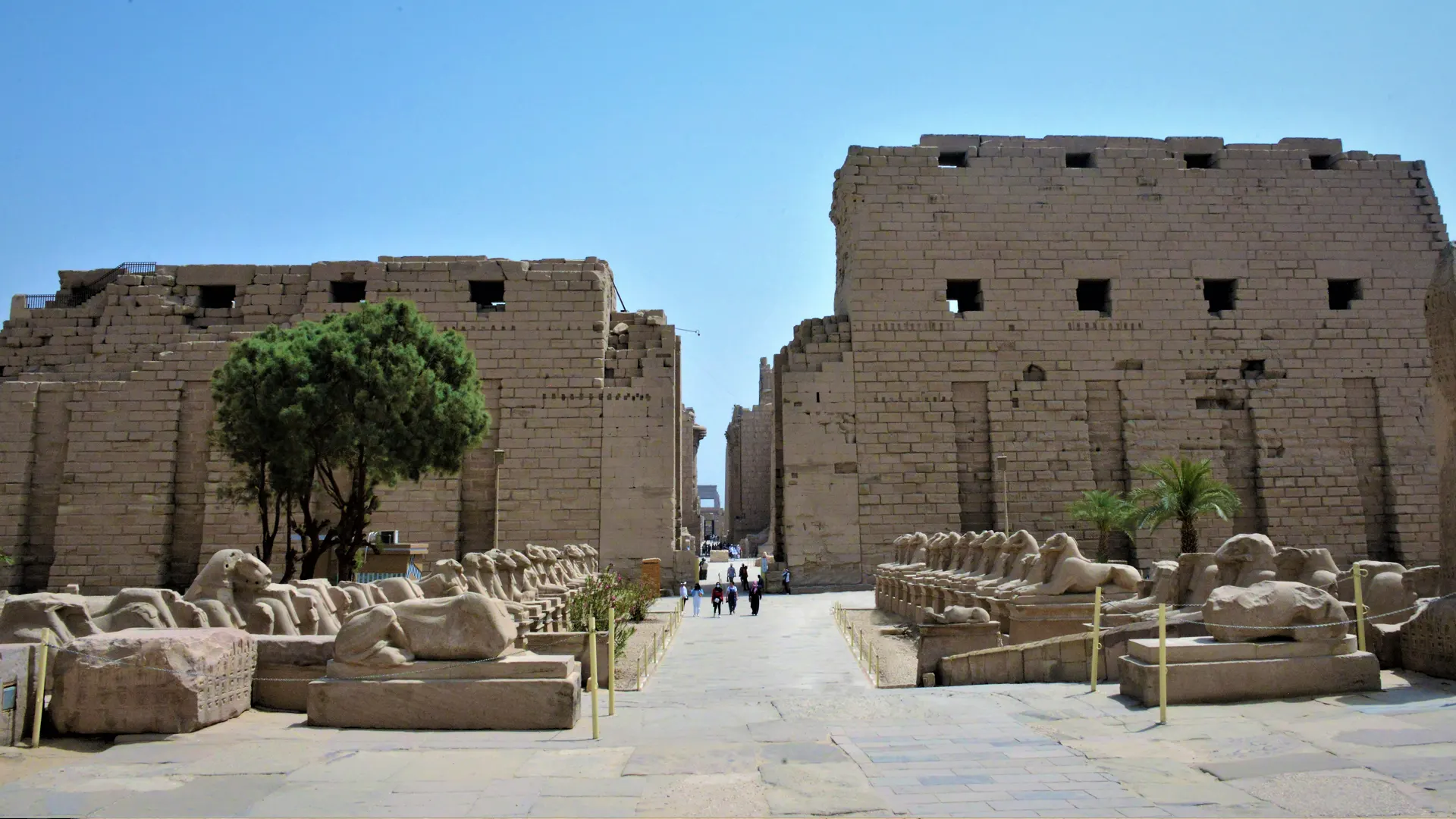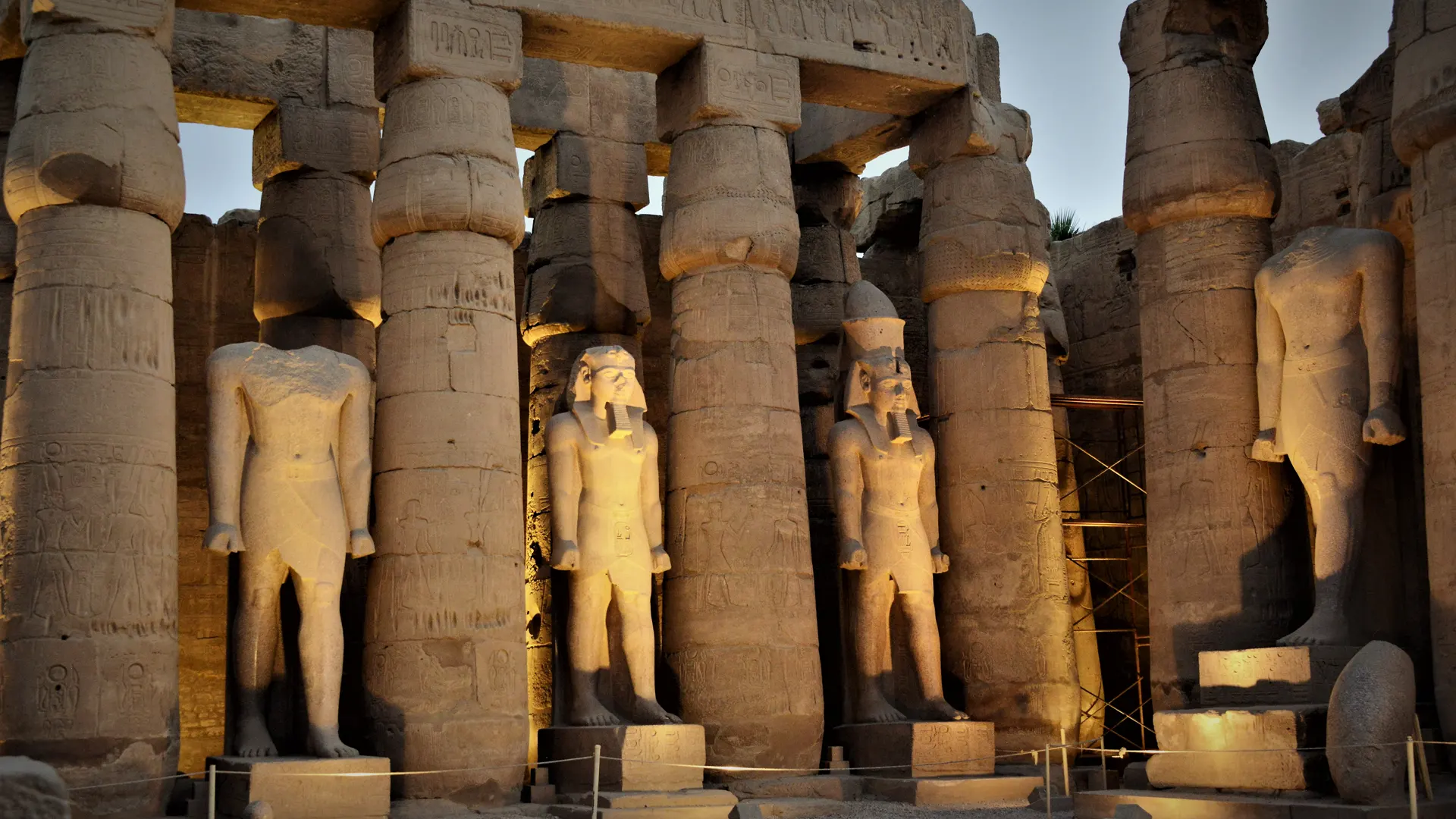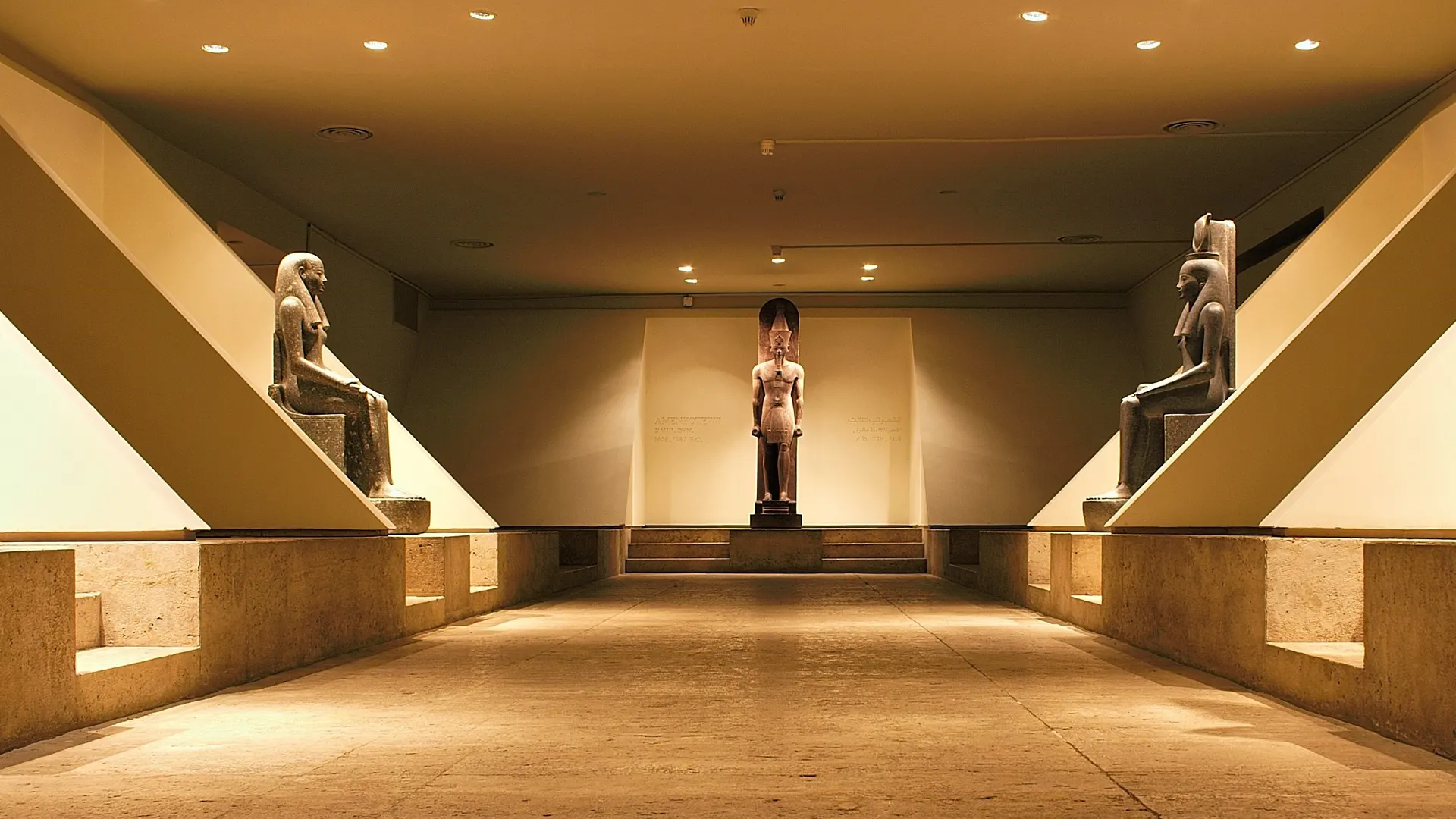Day 1: Arrival at Cairo. Welcome to Egypt.
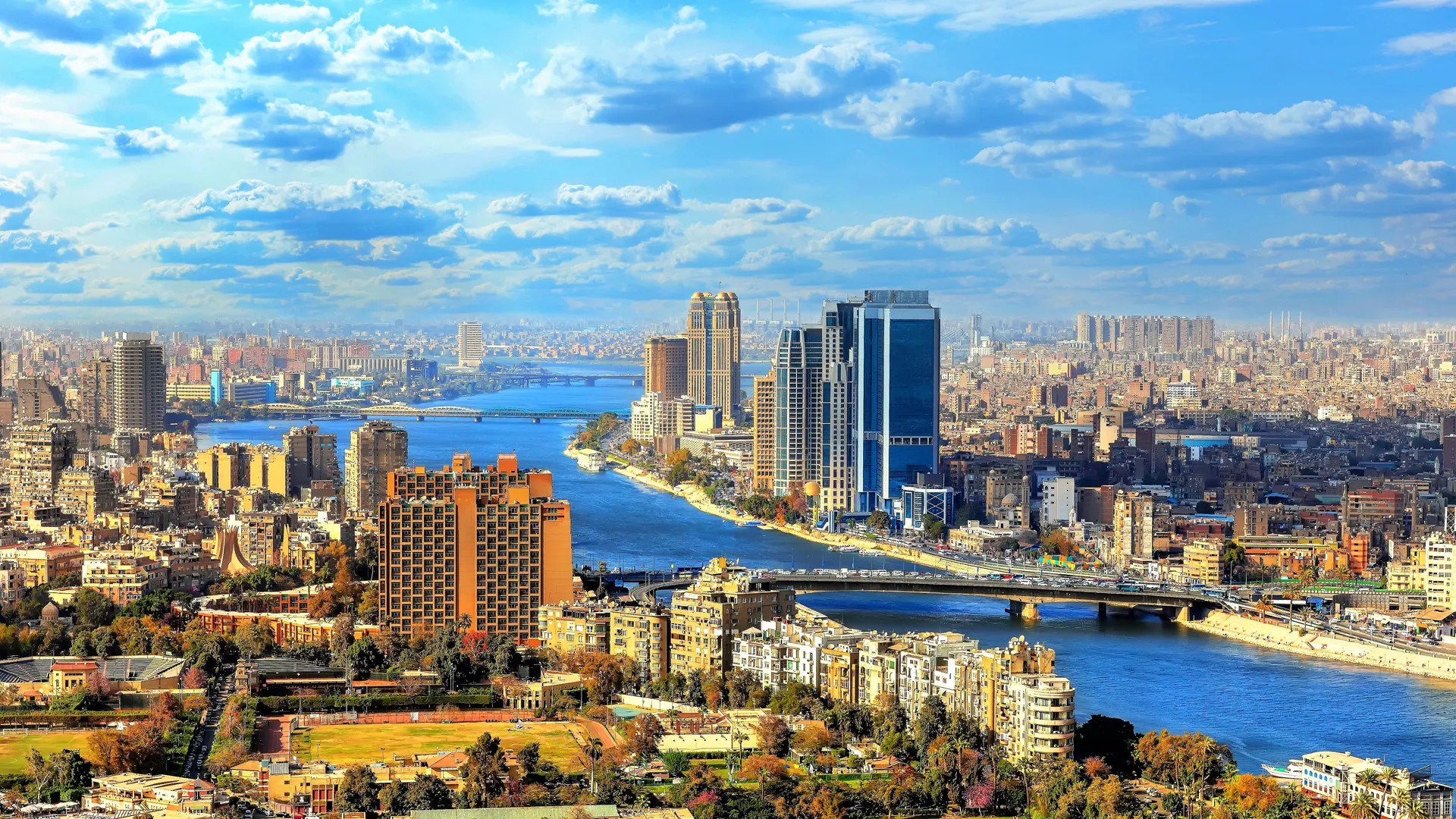
Cairo and The Nile
This cradle of civilization was given birth to, and is still nurtured by, the longest and most storied river on our planet, the legendary Nile River.
Our services begin when you exit the secure area at Cairo Airport and you are greeted by an Easy Tours Travel Facilitator. You are then driven to your top-ranked riverfront hotel where you will check-in to your Nile View Room if it is after 3 PM. If your arrival is before 3 PM and an early check-in is not available, you can drop your bags off and use the facilities to freshen up.
We recommend that our guests consider arriving a day earlier as this allows you to recuperate from jetlag and serves as insurance against international flight delays and cancellations. An additional night’s stay can be added at the time of reservation.
Fairmont Nile City. The Fairmont Nile City offers a convenient location with great views of the river's tranquil waters and the bustling cityscape of Cairo. The architectural design of the is modern and pays homage to Egypt's illustrious past. The hotel’s commitment to excellence is evident in every detail, from the tasteful décor to the attentive service provided by the staff.
(Overnight – Fairmont Nile City)
Day 2: Cairo. Experience an exploration of The UNESCO World Heritage Sites at Giza, Memphis, Dahshur and Saqqara. All of them are located on the Memphite Necropolis, and your Egyptologist Tour Director will give you a fascinating introduction by showing you how the building of pyramids progressed over the centuries.
Memphis. legendary city of Memphis, established in 3200 BC, is now a sleepy little rural/urban mix, and you will start by visiting the small Archaeological Park here. Among the statues and other objects in the open-air park is a massive statue of Ramses the Great, located in a building at the entrance of the park. This is one of the two colossal statues of Ramses the Great from ancient Memphis.
The other statue has been fully restored and is now the centerpiece of the very impressive entrance hall of the still to open Grand Egyptian Museum. Unlike its museum counterpart, this massive statue is displayed prone on the ground and missing the lower part of its legs, but it is still awe-inspiring in its scale and detail. Among the other attractions in the small outdoor Archeological Park area is the Alabaster Sphinx of Memphis. This sphinx is actually made of Calcite, and at 26 feet by 13 feet the monument is much smaller than the Great Sphinx.


